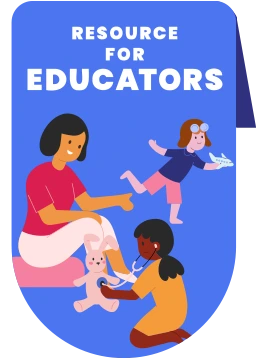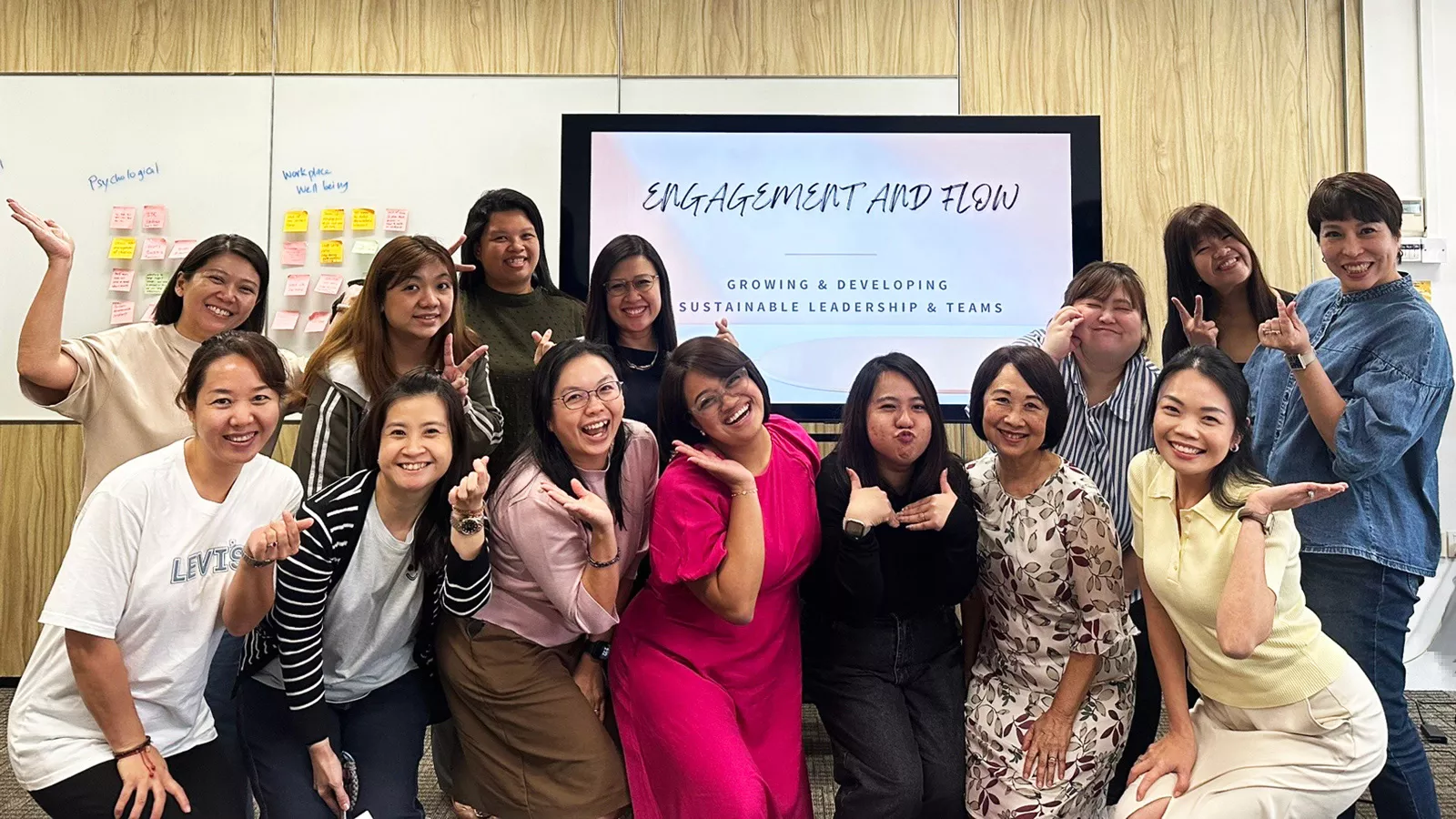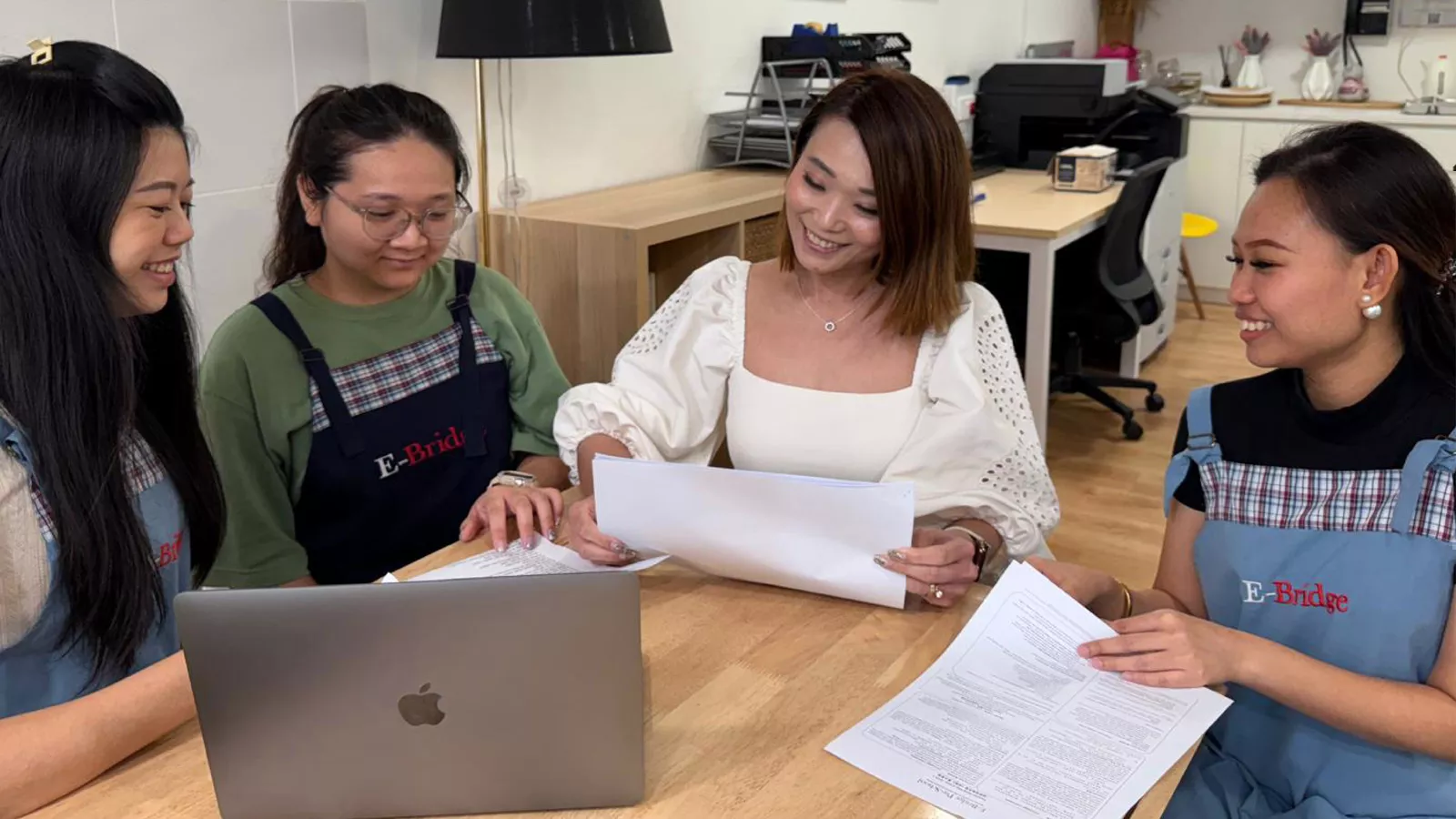ABOUT OUR EXPERT

Ms Leong is the Deputy Director (Early Intervention Services) at Rainbow Centre. A trained speech-language therapist, she is now an ECDA Fellow and hopes to build more solidarity between the early childhood (EC) and early intervention (EI) sectors.
Significant progress has been made in integrating children with developmental needs into preschools. Inclusion Coordinators have been introduced, programmes like Development Support-Learning Support and Development Support-Plus have been expanded, and an Inclusive Support Programme has been piloted.
Given the involvement of various professionals including social workers, therapists and educators, strong partnerships are essential. How can we strengthen these partnerships to further enhance children’s development and EC inclusion?
EDCA Fellow Ms Janice Leong explores this with EC leaders in her Inquiry-Based Action Plan (IBAP) project, ‘Building Collaborative Teams around the Child with Developmental Needs’.
TELL US ABOUT YOUR IBAP PROJECT. WHAT MOTIVATED YOU TO EXPLORE THIS TOPIC?
Janice: It’s to help EC leaders better understand what collaborative teaming means. It’s more than simply bringing two groups of people together.
With many professionals involved — internally and externally — and centres having different practices, there’s sometimes uncertainty about how, or even if, they can collaborate. Should they wait for certain processes to be completed before setting goals? How much should they update or follow through?
In my IBAP project, I introduce structures that EC leaders can implement to facilitate collaborative teams. It’s also a platform for preschool leaders from different backgrounds to share their experiences about inclusion and what collaboration means for them.
For me, there’s a practitioner inquiry component as well. I’d want to understand the dimensions and areas of collaboration that leaders prioritise when working together.
WHAT MAKES A COLLABORATIVE TEAM?
Janice: Two or more individuals with unique skills and backgrounds coming together as equal partners with shared goals. Beyond service integration, it’s about shifting perspectives or changing the lens — for the preschool teacher who understands a child’s behaviour and classroom dynamics; the early interventionist, an expert at working with children with developmental needs; and parents who know their child best. How do we come together as equal partners to work in the child’s best interests?
 A meeting between staff of Rainbow Centre and St. James’ Church Kindergarten, as part of a collaborative exploration project on EC inclusion.
A meeting between staff of Rainbow Centre and St. James’ Church Kindergarten, as part of a collaborative exploration project on EC inclusion.
HOW DOES THE MECHANICS OF COLLABORATION WORK IN THIS CONTEXT?
Janice: Given the complexity of child development, collaborative teaming brings together expertise from multiple disciplines to better understand a child’s needs and support them in the best way possible. Team members gain skills and perspectives from each other through role release to holistically support the child, beyond their individual specialisations.
ROLE RELEASE – THAT’S NEW TO ME. WHAT IS IT?
Janice: The best practice is to integrate intervention into a child’s daily routines and natural environment (e.g. preschool or home), allowing for skill mastery through repetition learning. For example, a speech-language therapist trained in Augmentative and Alternative Communication (AAC) — methods used to supplement or replace speech or writing, such as using facial expressions, pointing to pictures, or using communication apps on tablets — can ‘release’ this role to the class teacher and parents, equipping them with AAC strategies to continue supporting the child across various settings.
IS THERE AN IDEAL MODEL OF COLLABORATION?
Janice: Research in early intervention shows that a transdisciplinary team approach, where a key personnel member works closely with the family, is most effective. This key person brings together all team members — including the preschool educator, therapists, social worker and psychologist — to assess the child and plan interventions. The key person then shares the individualised education plan with the family and provides progress reports, based on regular team updates.
 Key elements for building a collaborative team.
Key elements for building a collaborative team.
WHAT SHOULD WE CONSIDER BEFORE GETTING STARTED?
Janice: Some key considerations:
- Decide team setup. How many members will be part of the team? Are family members involved, and if so, to what extent?
- Define team purpose. What is your shared vision?
- Plan meeting logistics and schedule. Determine the frequency, duration and location of meetings, as well as the agenda.
- Clarify roles and responsibilities. Be clear on what you need to do, as well as what others can contribute to the discussion.
- Establish a process to evaluate the team’s effectiveness and progress.
Setting aside regular time for meetings can be challenging, and some centres struggle with this. Leaders need to set the tone, define parameters, and ensure there is consensus on roles and expectations. Once the team achieves consensus, group dynamics and interactions will follow.








